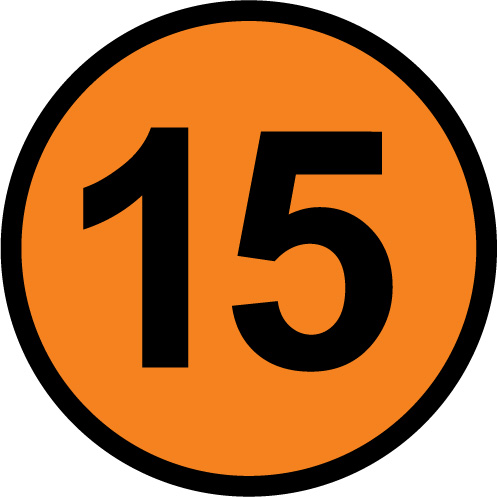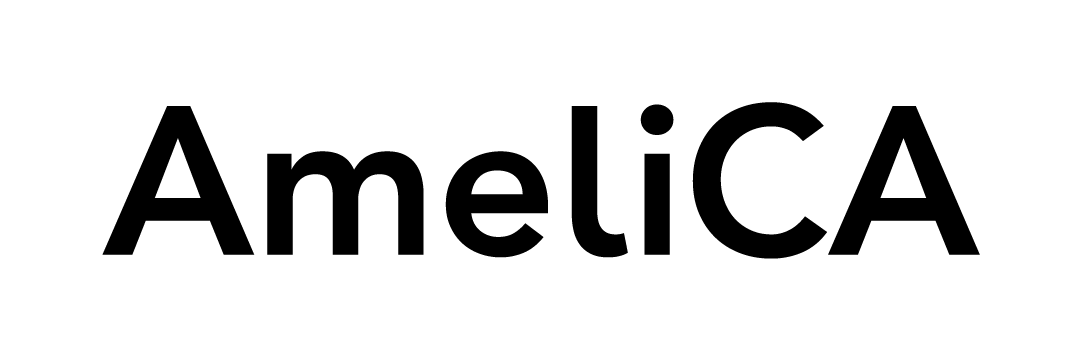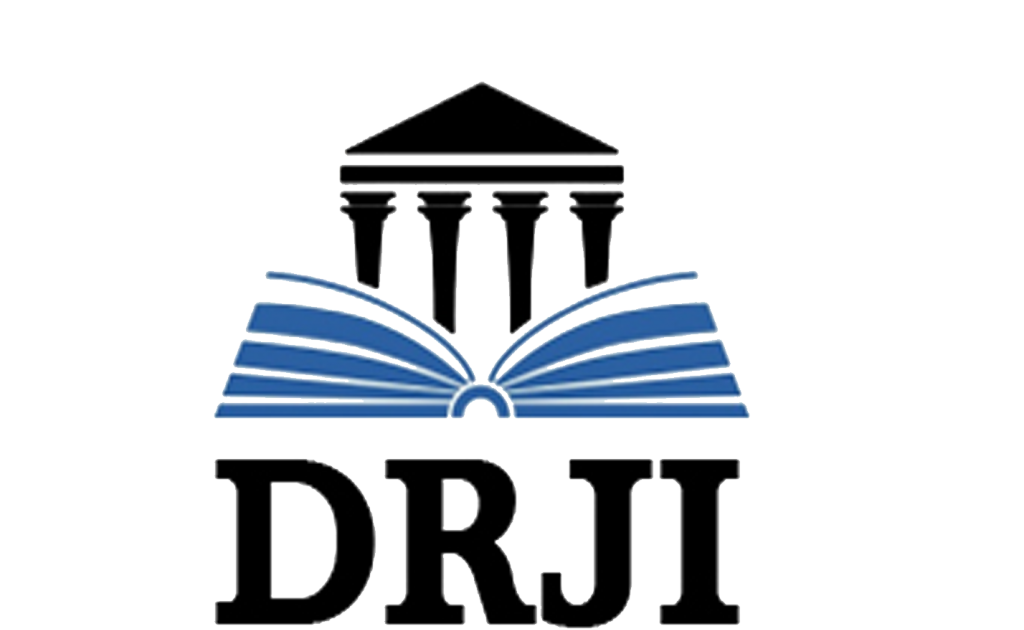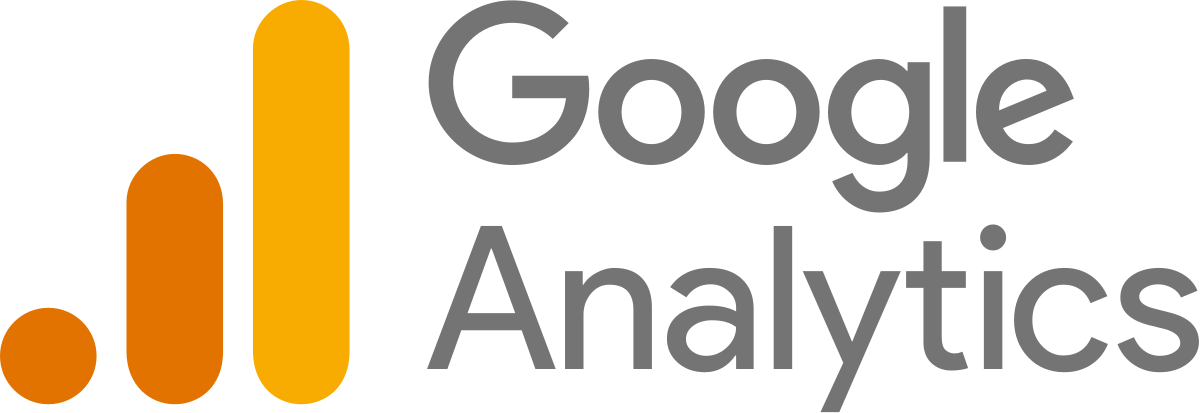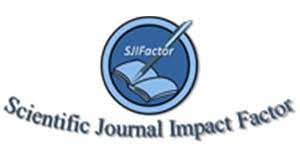Control de la contaminación ambiental en laconstrucción de los túneles del cerro “san eduardo” de la ciudad de guayaquil
DOI:
https://doi.org/10.53591/rug.v100i1.764Abstract
The present work is in construction in the city of Guayaquil, the road project Tunnels of the Hill San Eduardo, includes/
understands 2300 meters linear of tunnel and 1100 meters linear of routes of access to the project; which is divided in
four mouths as have three tracks of circulation each one. The used constructive method in the construction is denominated the New Austrian Method of Construction of Tunnels; which produces more of million cubic meters approximately of excavation and evacuation. In the construction of the tunnels four perforator’s Jumbos of three arms were used, dynamite, near one hundred twenty dumps, sent concrete, and more than five hundred people including technical personnel and working. In the routes of access and adjustment of slopes they were excavated more than three million cubic meters. The Plan of Environmental Handling considers like product of these constructive operations, a generation of environmental contamination in the interior and outside of the tunnels;and it stipulated that they must be controlled through stations of monitored of environmental parameters: noise, particulate material and gases. These obtained measurements do not have to surpass the
existing environmental parameters in the effective Ecuadorian Legislation. In case of obtaining values allowed or superior to the Ecuadorian environmental norm not to mitigate the impacts applying the Plan of Handling.
References
Atkinson, S.E. y Crocker, T.D. (1992). Econometric Health Production Functions: Relative Bias from Omitted Variables and Measurement Error, Journal of Environmental Economics and Management, 22: 12-24.
Bockstael, N.E. et. Al. (1991). Methods for Valuing Classes of Environmental Effects: Recreation, en Braden y Kolstad.
Braden, J.B. y Kolstad, C.D. (eds.) (1991). Measuring the Demand for Environmental Quality, North Holland, Amsterdam.
Cropper, M.L. y Freeman, A. M. (1991). Environmental Health Effects, en Braden y Kolstad.
Gerkin, S. y Stanley, L.R. (1986). An Economic Analysis of Air Polluting and Health: The Case of St. Louis, The Review of Economic and Statistics, LXVIII (1): 115-121.
Huang, C-H (1990). Economic valuation of underground water and man-induced land subsidence in aquaculture. Applied Economics, 22: 31-43.
Lave, L.B. y Seskin, E.P. (1978). Air Pollution and Human Health, Resources for the Future, Johns Hopkins University
Press, Baltimore.
Lipfert, F.W. (1984). Air Pollution and Mortality, Specifications Searches Using SMSA-Based Data, Journal of Environmental Economics and Management, 11 (3) 208:243.
Marin, A. y Psacharopoulos, G. (1982). The Reward for Risk in the Labor Market: Evidence from the United Kingdom
and a Reconciliation with Other Studies, Journal of Political Economy, 90 (4): 827-853.
Azqueta, D. (1994). Valoracion Economica de la Calidad Ambiental. Mc Graw Hill (España), 299 p.
De Nevers, Noel (1999). Ingenieria de Control de la Contaminacion del Aire. Mc Graw Hill (España), 538 p.
Alan, G.E. (1991). Epidemiologia y Administracion de Servicios de Salud. OMS – OPS. 417 p.
Da Ros, Giuseppina (1995). La contaminación de Aguas en Ecuador: una aproximación económica. PUCE&Ed. ABYAYALA. 251 p.
Published
How to Cite
Issue
Section
License

This work is licensed under a Creative Commons Attribution-NonCommercial-NoDerivatives 4.0 International License.

This work is licensed under a Creative Commons Attribution-NonCommercial-NoDerivatives 4.0. International License.
You are free to:
- Share — copy and redistribute the material in any medium or format
- The licensor cannot revoke these freedoms as long as you follow the license terms.
Under the following terms:
- Attribution — You must give appropriate credit , provide a link to the license, and indicate if changes were made . You may do so in any reasonable manner, but not in any way that suggests the licensor endorses you or your use.
- NonCommercial — You may not use the material for commercial purposes .
- NoDerivatives — If you remix, transform, or build upon the material, you may not distribute the modified material.
- No additional restrictions — You may not apply legal terms or technological measures that legally restrict others from doing anything the license permits.






